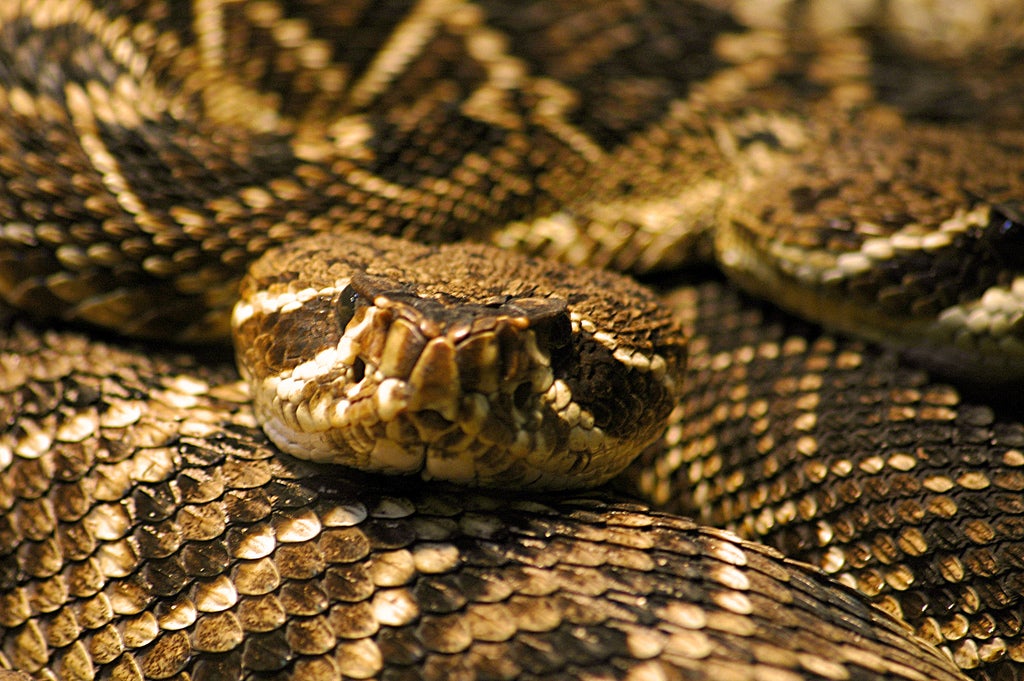How to: Treat a Snakebite

'Rattlesnake (Photo by Mike Johnston/Flickr)'
Myth: Venomous snakes would like nothing better than to sink their fangs into your ankle.
Fact: Snakes avoid humans and won’t bite unless they feel threatened. Even so, the mistaken belief that snakes are aggressive persists–along with plenty of other myths about what to do if you’re bitten. Here, we separate the first-aid science from the fiction.
DON’T slice across the fang marks and try to suck out the venom with your mouth. Despite the myth’s staying power, the so-called “cut-and-suck” method has never been proven effective. Because a snake’s fangs are curved, the pocket of venom probably isn’t located where you think it is; even if you do find it, venom spreads so quickly you won’t be able to extract much. Plus, about 20 percent of snakebites are “dry,” or totally lacking venom. Cutting into the skin creates a nasty wound and increases the risk of infection with no medical benefit.
DON’T apply a suction device. This once-standard treatment has been debunked, says snake venom expert Robert Norris, M.D. Not only are such devices ineffective at removing venom, but the aggressive suction can damage tissue.
DON’T apply a tourniquet. Restricting superficial blood flow does keep the venom from spreading–but that’s exactly what you don’t want to happen. Venom that stays concentrated near the bite will rapidly destroy cells; allowing it to spread will dilute the toxin and likely reduce tissue damage.
DON’T apply a cold pack. Long-term application of cold makes the injury worse by reducing healthy circulation to the area. Even short-term exposure could be risky: Ice won’t neutralize the venom, but some experts think snake venom increases vulnerability to frostbite.
DO get the victim to medical attention ASAP–the only effective treatment is a dose of antivenin, stat. Clean the wound with soap and water or antiseptic wipes from your first-aid kit and remove any jewelry or tight-fitting clothing in case of swelling. Carry the victim out if it’s possible; if not, have him hike out slowly without a pack. Mark the edge of any swollen areas every 15 minutes with a pen to help doctors judge the extent of envenomation.
Don’t Get Bitten
- Wear high-cut boots to protect your ankles when bushwhacking in rattlesnake country.
- Watch where you put your hands and feet, especially when scrambling on rocky ledges or gathering wood (both are situations where you’re more likely to encounter a snake).
- Obvious, but worth repeating: Do not approach, poke, pick up, or otherwise harass a snake. Two-thirds of bites happen to people who are intentionally messing with the reptile.